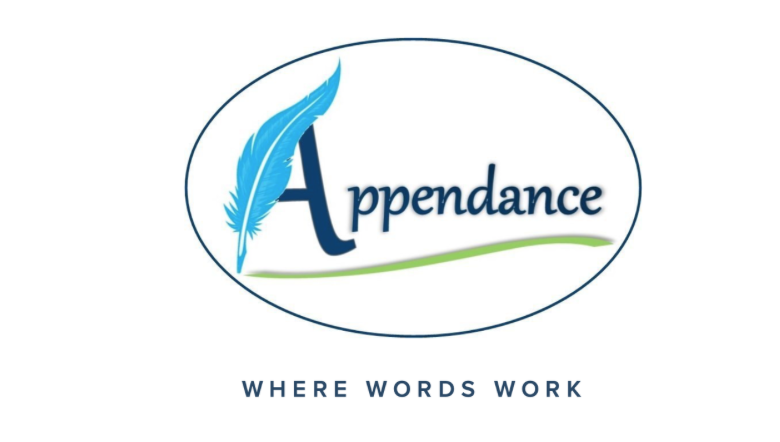Introductions and Conclusions for Reports
This month’s blog post is on introductions and conclusions to help those of you who write reports feel more confident about how you are starting and ending those documents. Most writing guide books will tell you that the introduction sets the stage for the report, and the conclusion summarizes. You might have heard the idea “Tell them what you’re going to tell them, tell them, and then tell them what you told them.” Conceptually, that’s about right. More specifically, we will give you the concrete elements that should appear in both your introduction and conclusion to create the strongest frame for your report and the best reading experience for your audience.
Report writing is primarily about sharing information with an audience. The goal of the report is to present that information in a logical and organized way that helps the reader digest the content and understand how the content could be applied or what it might mean.
Read More